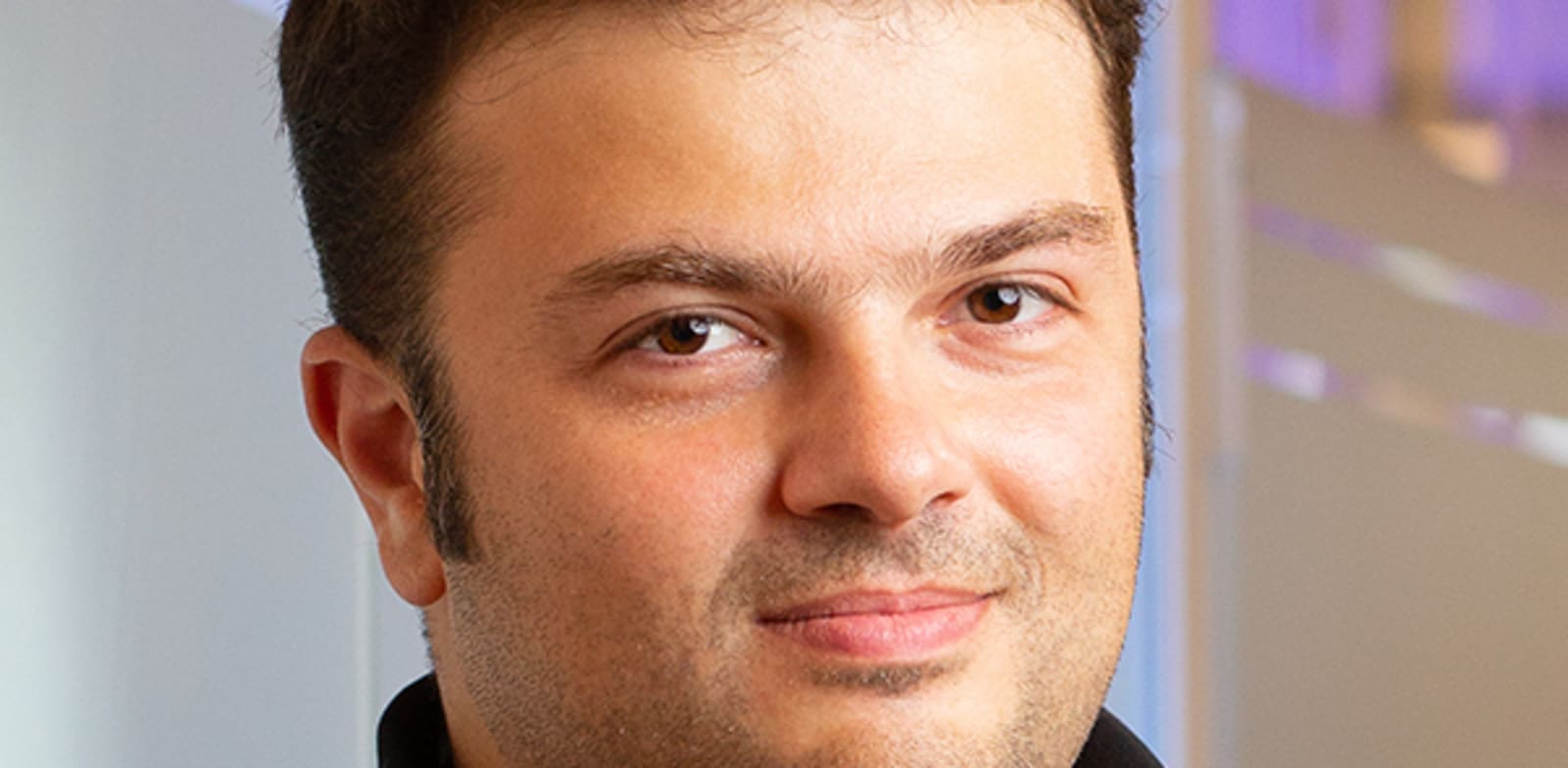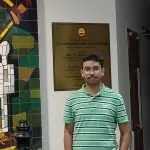Threads Dev Interviews: I am currently using Threads to find developers and conduct interviews with them. If you’re interested in being interviewed, feel free to let me know on Threads. Please note that the opinions expressed in these interviews are personal and do not represent the views of the interviewee’s employer.
“I have had a diverse career path, starting as a webmaster and eventually becoming a co-founder of EyeGuide. Along the way, I have gained experience in various areas such as software development, hardware prototyping, UI design, and managing technology. Currently, I serve as the CTO of EyeGuide.” – Greg (._.) (@ggamel) on Threads
Greg, as the founder of EyeGuide, can you tell us more about the company and its products?
Certainly! EyeGuide is a company that specializes in creating eye-tracking hardware and software. Our current system is designed to rapidly record and score eye movements, which can potentially provide insights into an individual’s ability to focus on moving objects. We primarily cater to professionals and organizations who can benefit from using our 10-second eye-tracking test to gather data for their assessments. Our system allows users to run the test, collect eye movement data, and present it visually and numerically for interpretation by experts such as athletic trainers, doctors, nurses, or researchers.
Who are the primary customers of EyeGuide? Do you serve hospitals, optometrists, sports agencies, or researchers?
Our primary customers include professionals and organizations who require a tool that utilizes a 10-second eye-tracking test to quickly score and present data for interpretation. This can include hospitals, optometrists, sports agencies, and researchers. The flexibility and ease of use of our system make it suitable for a wide range of applications.
Do marketing organizations also use EyeGuide’s products?
Yes, many marketing organizations and firms have utilized our previous product iteration. This product consisted of a wireless eye-tracking headset with an integrated scene camera, eye camera, and audio capabilities, along with a recording pack featuring a high-capacity battery and storage. This setup allowed marketers and other customers to gather data from test participants who could either be stationary or moving. They could then review the recorded data on their computers to gain insights into what the participants saw and experienced.
In terms of software development for the EyeGuide device, what kind of development is used? Is it embedded C++ or another language that connects to the cloud?
For the development of our device, we have utilized C++ for both client-side and server-side development since the beginning. At the hardware level, we use a light Linux variant as the embedded system. Our web application is built using TypeScript and React, while the client-side software primarily relies on C++, with some limited usage of Objective-C and Objective-C++. Over the years, we have witnessed various shifts in technology, and adapting to these changes has been an interesting journey.
What kind of analysis is performed on the collected data? How is it used?
The collected data consists of eye fixations over a fixed duration while the pupil attempts to track a moving object closely. After recording and storing the data, our software displays the image of the pupillary movements against the test pattern. Professionals can find this data highly valuable as an additional tool for their expert assessments and interpretations.
As someone involved in the product development process, what is your favorite part?
My favorite part of the product development process is when people first use a product that I have built, and it works exactly as intended. Witnessing their enthusiasm and seeing them contemplate how it can fit into their daily work is a special moment. Additionally, receiving actionable feedback from users after the initial release is also incredibly valuable and rewarding.
When it comes to deciding which tasks to handle in-house and what to outsource, how do you make those decisions?
There is no one-size-fits-all approach to this, but I follow some general guidelines. I believe that core competencies should not be outsourced, and ideation and prototyping are best done in-house whenever possible. If the budget allows, it is beneficial to have our own 3D printers for rapid prototyping instead of relying on just-in-time services. For specialized manufacturing and software development tasks, finding reliable and trustworthy partners is crucial. However, it’s important to consider various factors such as edge cases, nuances, people management, financial considerations, and business capabilities when making these decisions.
What challenges are unique to developing both custom software and hardware?
Developing software alone is challenging, and the same can be said for hardware development. However, when a company is responsible for creating both custom software and hardware, it introduces an additional layer of complexity. It requires expertise in multiple areas, from ideation and research to production and manufacturing. Despite the difficulties, this experience has allowed me to acquire a diverse set of skills that will undoubtedly be useful in my future endeavors.
Where can people find you online?
Thank you for this interview opportunity, Ryan! It has been a pleasure. If anyone wants to connect with me, they can find me on my website at greg.is. I am also available on Threads at threads.net/@ggam… and on LinkedIn at linkedin.com/in/gg…. If Threads had direct messages, I would encourage people to DM me there. Alternatively, people can reach out to me privately by clicking on the “email” link in the footer of my website. Stay tuned for the launch of my new site. Goodbye for now, everyone, and thank you for tuning in to learn more about EyeGuide and my journey. You can read the full interview on Threads with the username @ryan.swanstrom.
Source link























